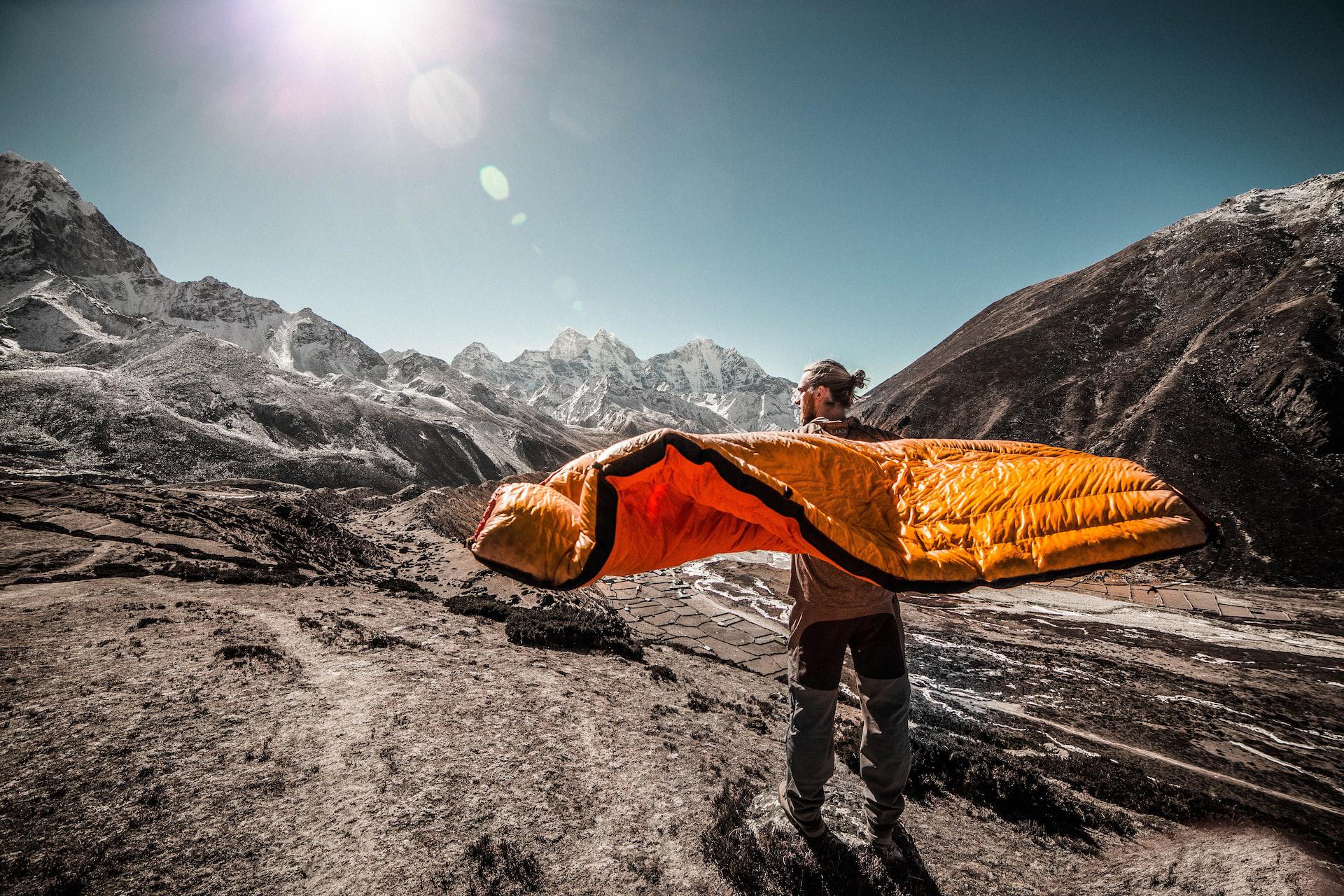The Most Important Sleeping Bag Features

A sleeping bag is an essential piece of camping gear, providing warmth, comfort, and protection from the elements while you sleep. But with so many options on the market, it can be overwhelming to choose the best one for your needs. Here are a few key features to consider when purchasing a sleeping bag for camping.
Temperature Rating
One of the most important factors to consider when purchasing a sleeping bag is the temperature rating. This refers to the lowest temperature at which the sleeping bag is designed to keep you warm. It’s important to choose a sleeping bag with a temperature rating that is appropriate for the conditions you’ll be camping in.
For example, if you plan on camping in warmer climates, you’ll likely need a sleeping bag with a lower temperature rating. On the other hand, if you’re camping in colder temperatures, you’ll want to choose a sleeping bag with a higher temperature rating.
Shape and Cut
The shape and cut of a sleeping bag can have a big impact on your comfort and warmth while camping. Here are a few key things to consider when it comes to the shape and cut of a sleeping bag:
-
Mummy-shaped: Mummy-shaped sleeping bags are designed to be more thermally efficient, with a tapered shape that helps to reduce heat loss. They are a good choice for colder temperatures and are often preferred by backpackers due to their lightweight and compact design. However, they can be less spacious and may feel constricting to some people.
-
Rectangular: Rectangular sleeping bags are generally more spacious and comfortable, with a looser, more open design. They are a good choice for warmer temperatures and are often preferred by car campers or those who value extra room to move around in. However, they are not as thermally efficient as mummy-shaped sleeping bags and may not provide as much warmth in colder temperatures.
-
Semi-rectangular: Semi-rectangular sleeping bags are a hybrid of mummy-shaped and rectangular sleeping bags, with a more tapered shape but still some extra room to move around in. They offer a good balance between thermal efficiency and comfort, making them a good choice for a wide range of temperatures.
The shape and cut of a sleeping bag is a matter of personal preference and should be chosen based on your needs and preferences. Consider factors such as the temperature of the area you’ll be camping in, your personal comfort preferences, and the weight and packability of the sleeping bag when making your decision.
Fill Material
The fill material of a sleeping bag refers to the insulation used to keep you warm. The most common fill materials are synthetic fibers, down, and a blend of the two. Synthetic fill materials are generally more affordable and easier to care for, but they are not as thermally efficient as down. Down fill materials are more expensive, but they are lighter and more compressible, making them a good choice for backpackers.
Weight and Packability
When it comes to camping gear, weight is an important factor to consider, especially if you plan on backpacking or traveling with your gear. A sleeping bag that is lightweight and easy to carry can make a big difference in your overall comfort and enjoyment of the trip.
There are a few key things to consider when it comes to the weight of a sleeping bag:
-
Fill material: The fill material of a sleeping bag can have a big impact on its weight. Synthetic fill materials are generally heavier than down, so if weight is a concern, you may want to consider a down-filled sleeping bag.
-
Shape and cut: Mummy-shaped sleeping bags are generally lighter and more compact than rectangular sleeping bags, as they have a more streamlined shape. However, rectangular sleeping bags tend to be more spacious and comfortable, so it’s a trade-off between weight and comfort.
-
Size: The size of the sleeping bag can also affect its weight. A larger sleeping bag will typically be heavier than a smaller one, so consider your size and the size of your gear when choosing a sleeping bag.
-
Compressibility: Look for a sleeping bag that is easy to compress and store, as this will make it easier to pack and carry. Many sleeping bags come with a stuff sack or compression sack to help reduce their size and weight.
Overall, weight is an important factor to consider when choosing a sleeping bag, especially if you plan on backpacking or traveling with your gear. Look for a lightweight and compact sleeping bag that is easy to pack and carry to make your trip more comfortable and enjoyable.
Conclusion
A sleeping bag is an essential piece of camping gear that can make a big difference in your comfort and enjoyment of the outdoors. By considering factors such as temperature rating, shape and cut, fill material, weight and packability, and price, you can find the perfect sleeping bag for your next camping trip.
